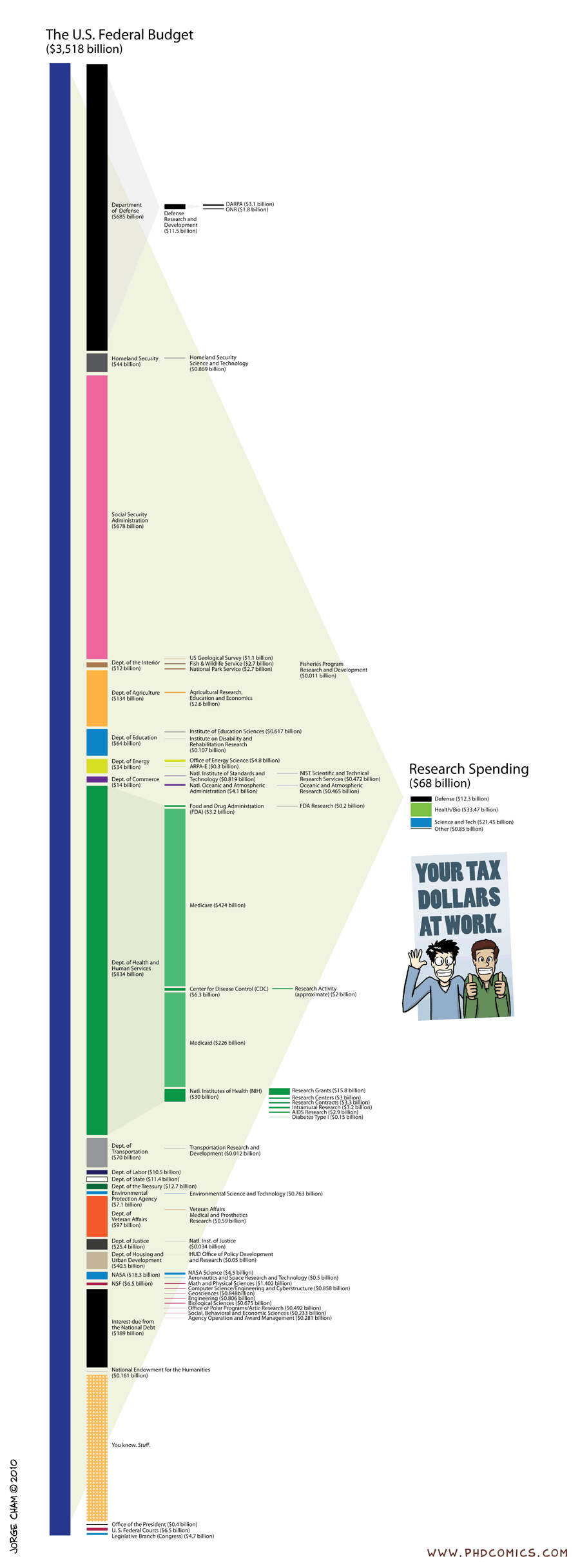Papayas genetically engineered to resist papaya ringspot virus were developed in the public/non-profit sector (Cornell University, the University of Hawaii and the US Department of Agriculture). So none of the “I don’t have a problem with the science of genetic engineering, I just don’t like/trust big companies patenting life” arguments apply.
The engineered papayas were released as the ringspot virus began to devastate the Hawaiian papaya crop back in 1998 and have been grown and consumed successfully ever since.
The engineered papayas’ resistance is the result of expressing a protein from the coat of the papaya ringspot virus and engineered papayas contain less of this protein than the fruit of infected trees. Yet the fruit of diseased trees can be sold as “organic” while the fruit of healthy resistant trees (distinguished only by containing less viral protein) cannot.
The engineered papayas even provide herd immunity that makes it possible to grow un-improved organic papayas for export to countries like Japan that reject much genetic engineering.
But the engineered papayas do have one clear (and sometimes fatal) flaw which is only now becoming apparent. They aren’t immune to the machetes of the ignorant.
h/t @Franknfood
